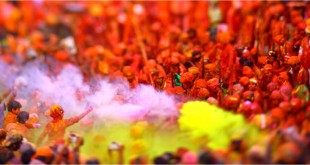 Atlantic salmon, called the greatest game fish in the world by sportsmen, spawn in the fresh water streams of Europe, from Portugal to northern Russia, and in the streams of the eastern seaboard of North America, from Maine up to northern Canada. They are found also in the streams of Greenland and Iceland.
Atlantic salmon, called the greatest game fish in the world by sportsmen, spawn in the fresh water streams of Europe, from Portugal to northern Russia, and in the streams of the eastern seaboard of North America, from Maine up to northern Canada. They are found also in the streams of Greenland and Iceland.
Pacific salmon, of which there are several kinds, spawn in the streams of southern Alaska, British Columbia and the states of Washington and Oregon on the Pacific coast. There is also one kind which breeds in the streams of Russia’s east coast.
The females spawn their thousand of eggs and the males fertilize them. Once the Pacific female salmon have spawned they die. The eggs hatch in about 19 weeks. The tiny salmon called an alevin hides in the gravelly bed of the stream, leaving at first on a large yolk-sac under its body. When about a year old it is called a parr and looks like a young trout. Six months later when it has a more salmony look it is called a smolt. On reaching the sea it becomes a grilse until it reaches maturity.
The instinct of the salmon to head for the sea after a couple of years in freshwater is one of the great mysteries of nature. So too is its instinct, after ranging the Atlantic and Pacific Oceans and traveling up to 4,000 miles, to return to spawn in the stream where its own life began.
 Kids Portal For Parents India Kids Network
Kids Portal For Parents India Kids Network






